SCIE1060 Project: Artificial Intelligence in Science and Society
VerifiedAdded on 2023/01/17
|6
|754
|56
Project
AI Summary
This science project delves into the realm of Artificial Intelligence (AI), providing a comprehensive overview of its development, types (AGI, ANI, ASI), and current research trends. The project highlights the work of key figures like Sir John McCarthy and explores contemporary AI applications such as soft robots, self-driving vehicles, and AI in healthcare, citing relevant research from authors like Caspar et al. (2015), Wong and Bressler (2016), and Dunjko and Briegel (2017). The discussion emphasizes the importance of AI safety, referencing Li et al. (2014), and the benefits of AI in removing human errors and improving efficiency. The project also addresses the potential cons of AI, particularly its use in destructive applications, and underscores the scientists' primary concern for AI's safety and security. References are provided to support the research and analysis of the topic.
1 out of 6
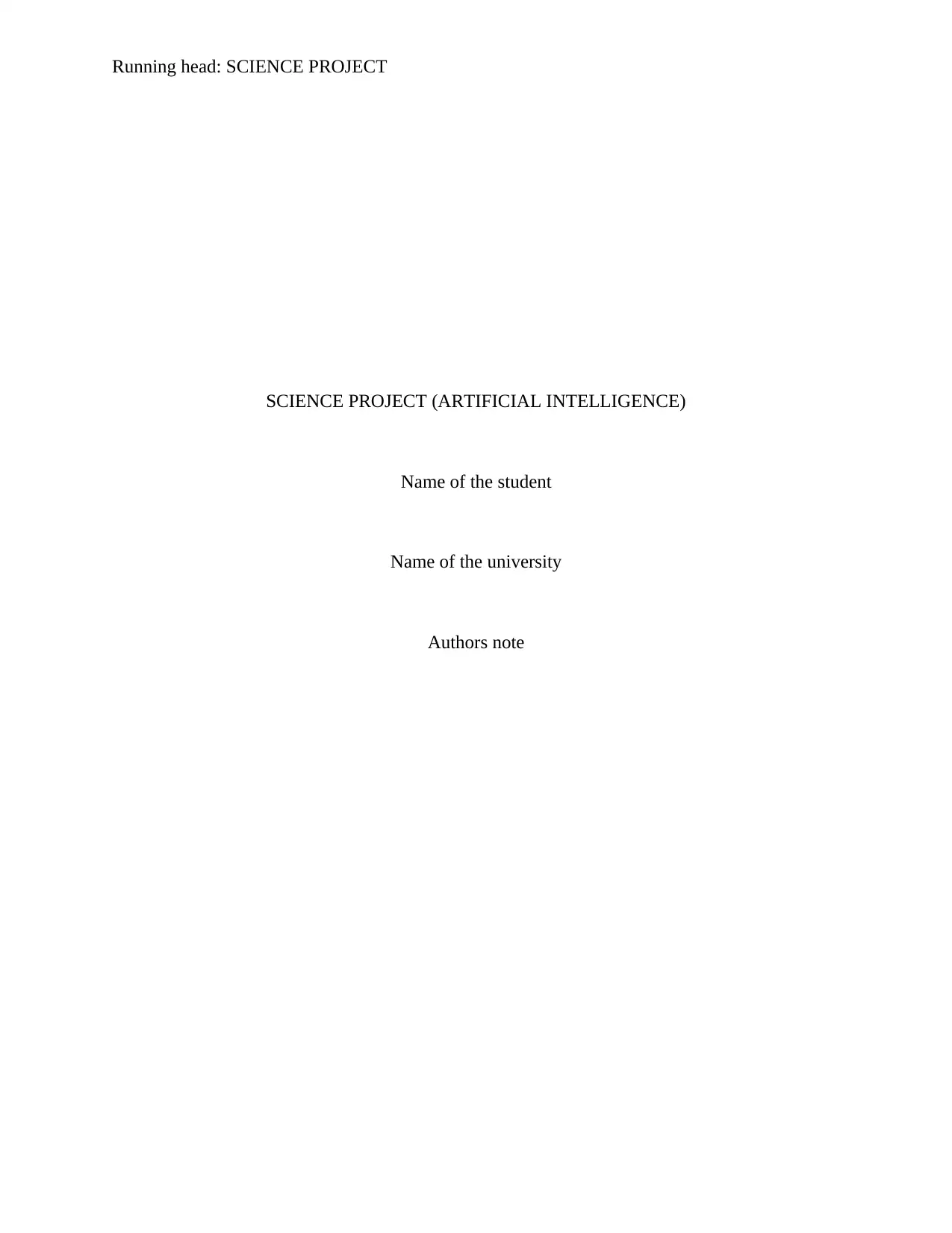
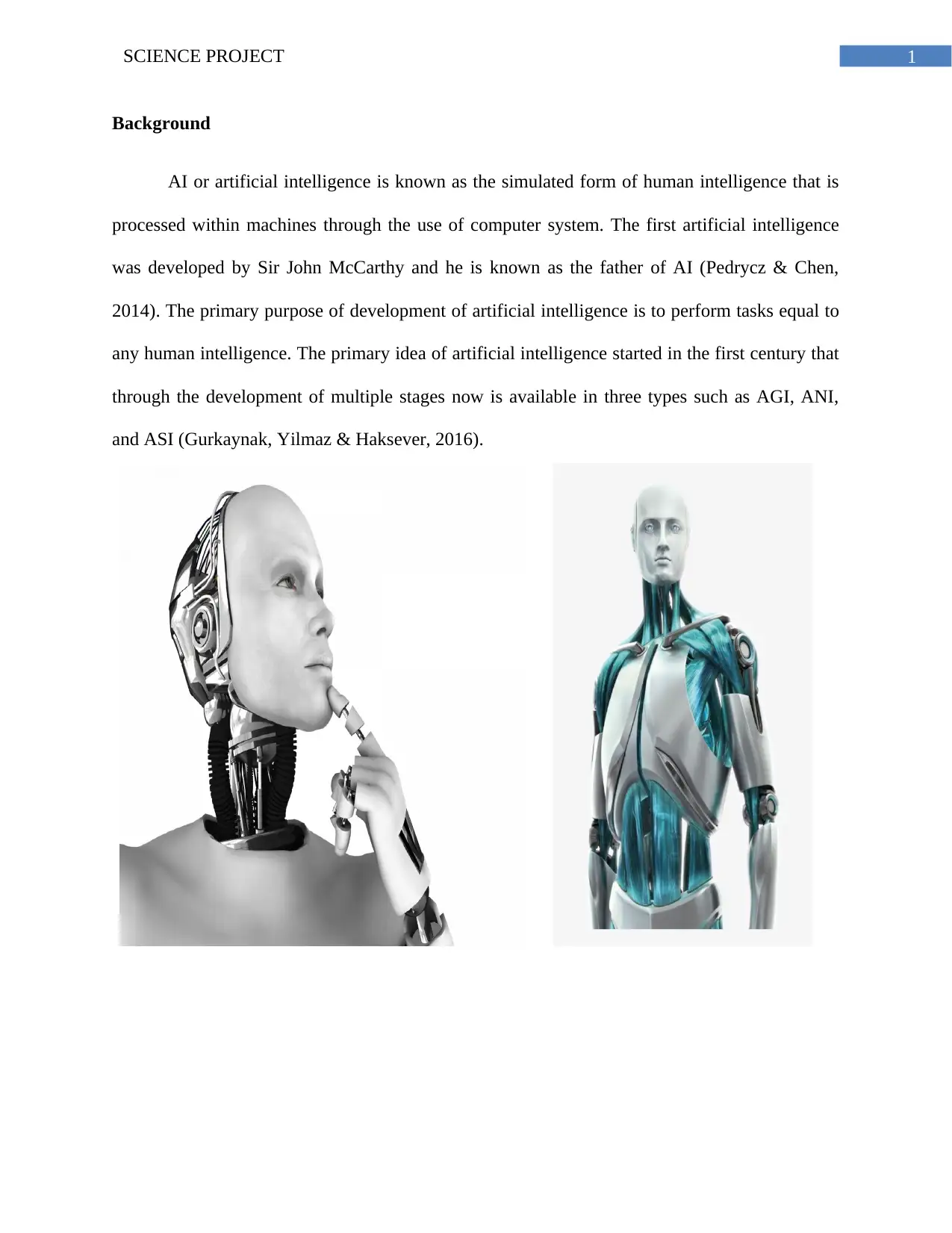
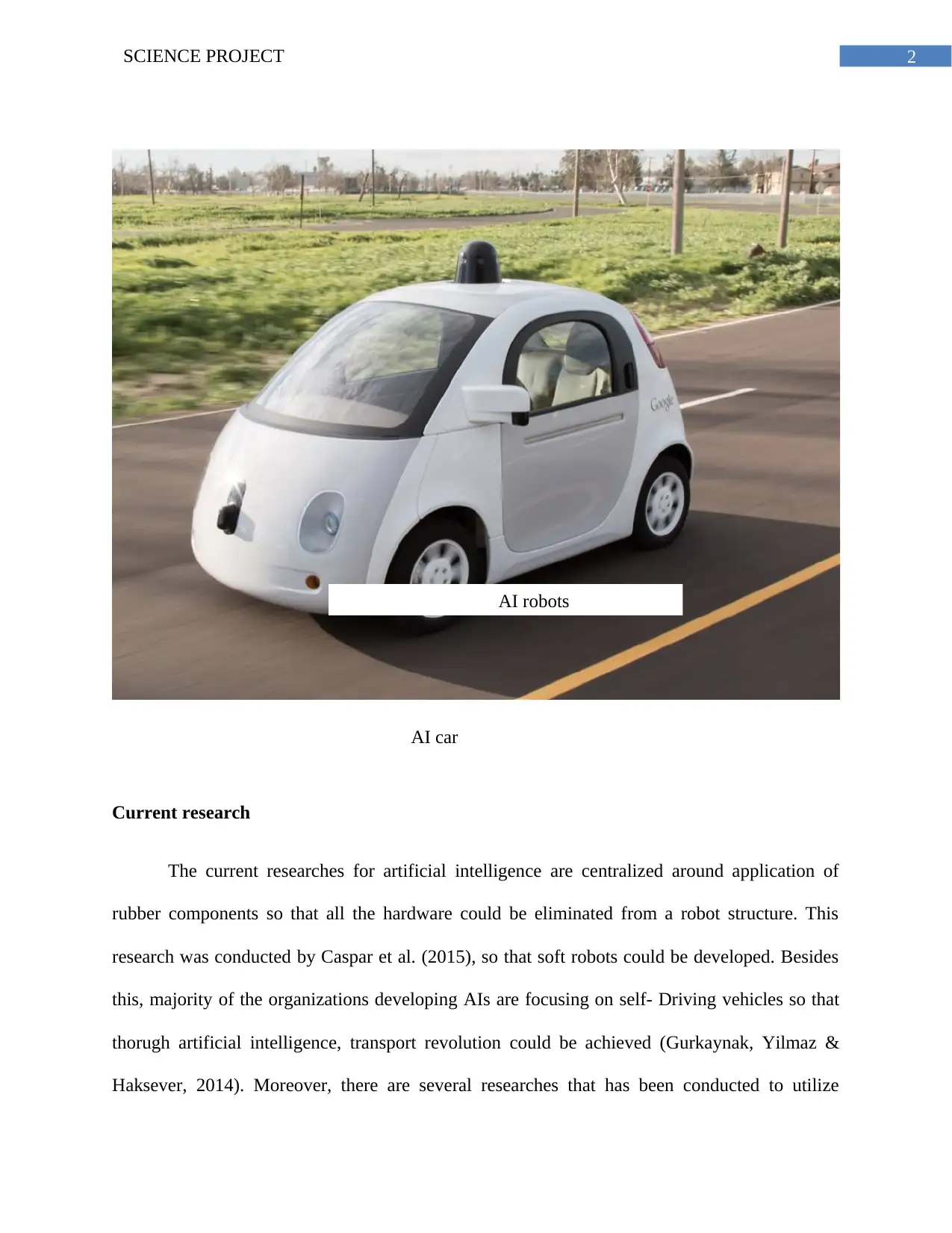

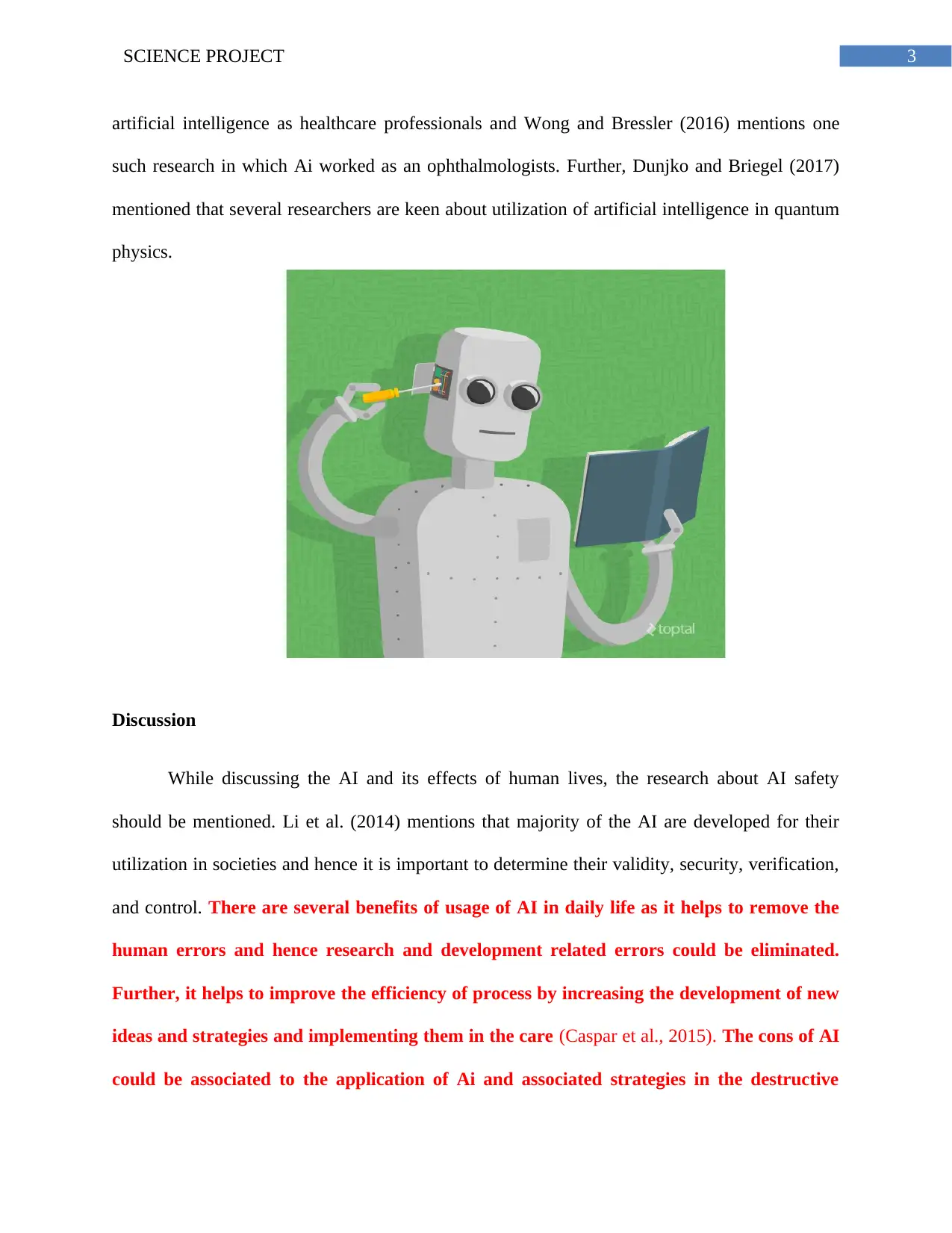

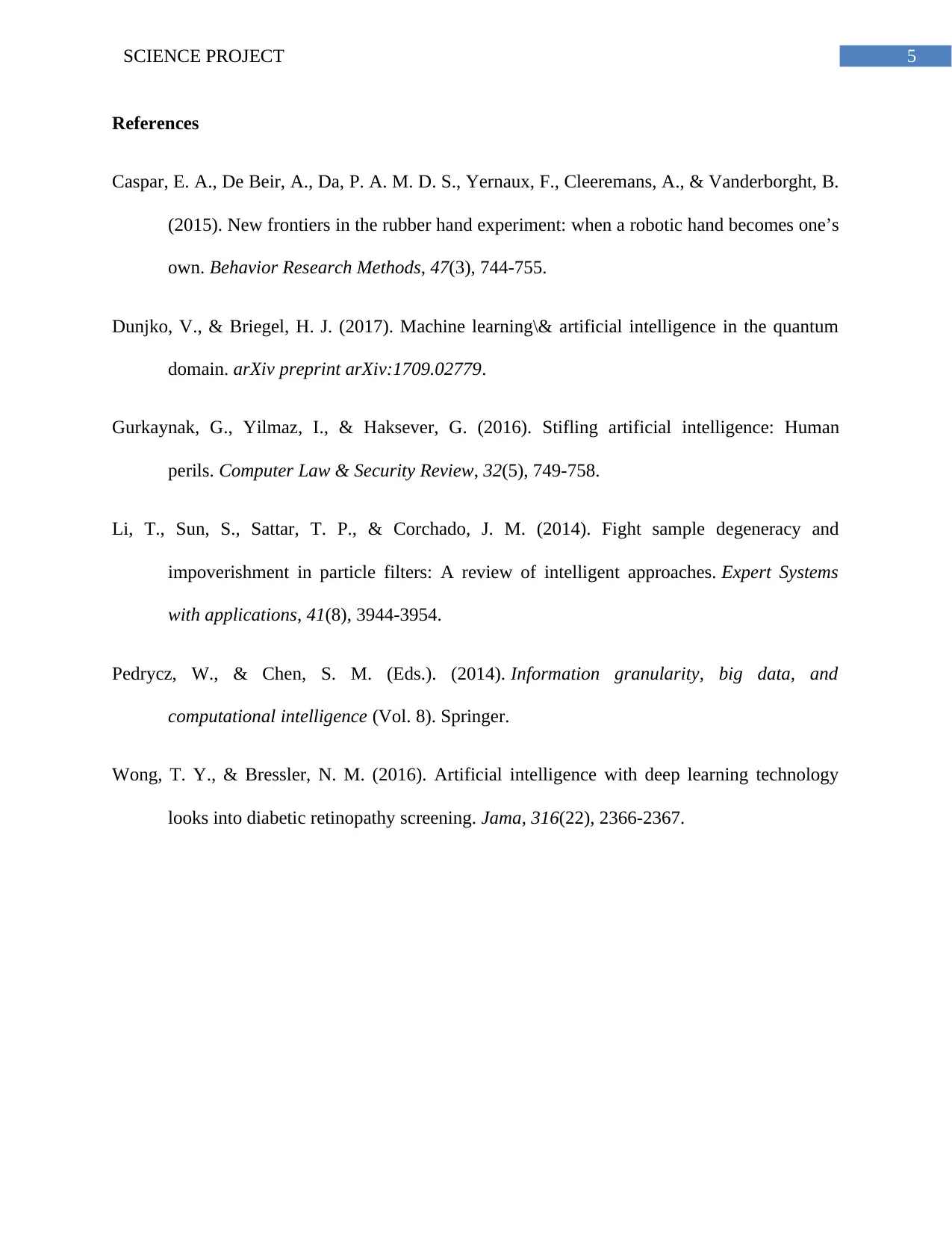





![[object Object]](/_next/static/media/star-bottom.7253800d.svg)